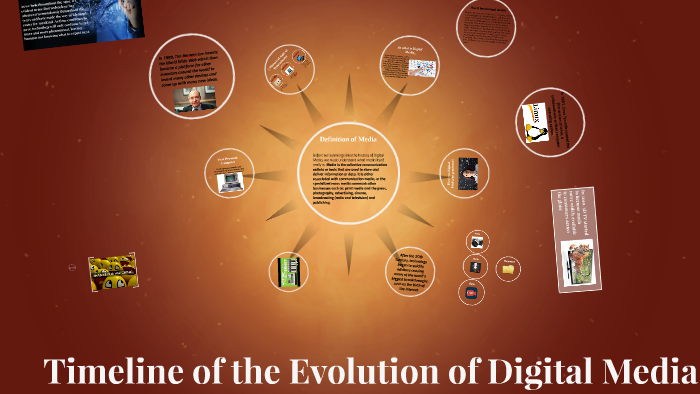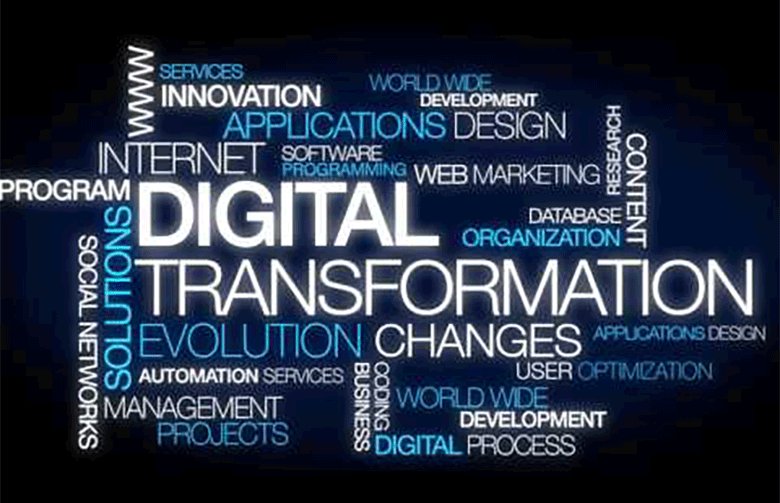The evolution of digital media has been a fascinating journey, transforming the way information is created, distributed, and consumed. The shift from traditional print media to the dynamic realm of pixels represents a seismic change in the landscape of communication.
Print Media Era:
Not long ago, the printed word was the primary means of mass communication. Newspapers, magazines, and books dominated the information landscape, serving as gatekeepers of knowledge. This era was characterized by the tactile experience of flipping through pages, the distinct smell of ink, and the rustling of newspapers in the morning. However, the limitations were evident – information dissemination was slow, and the audience was passive.
Rise of Digital Media:
The advent of digital technology marked a turning point. The rise of the internet and digital devices ushered in a new era, challenging the dominance of print. With the emergence of online platforms, information became instantly accessible. Websites, blogs, and digital publications proliferated, democratizing the creation and distribution of content. The transition from print to digital meant not only a change in format but also a shift in the dynamics of audience engagement.
Multimedia Integration:
As technology advanced, digital media evolved beyond text. Images, audio, and video seamlessly integrated into content, providing a richer and more engaging experience. The advent of social media platforms further accelerated this transformation. Suddenly, individuals became both consumers and creators of content, blurring the lines between professional journalism and user-generated material.
Challenges and Opportunities:
While the evolution of digital media brought unprecedented opportunities for information dissemination and user engagement, it also posed challenges. The rapid spread of misinformation, concerns about privacy, and the struggle for traditional media to adapt were among the hurdles faced. However, this evolution also opened up new revenue streams, advertising models, and innovative ways to tell stories.
Future Trends:
Looking ahead, the future of digital media seems poised for even more transformation. Virtual and augmented reality, artificial intelligence, and interactive content are likely to redefine the user experience. The challenge will be to balance technological innovation with ethical considerations, ensuring that the benefits of a connected world are accessible to all.





